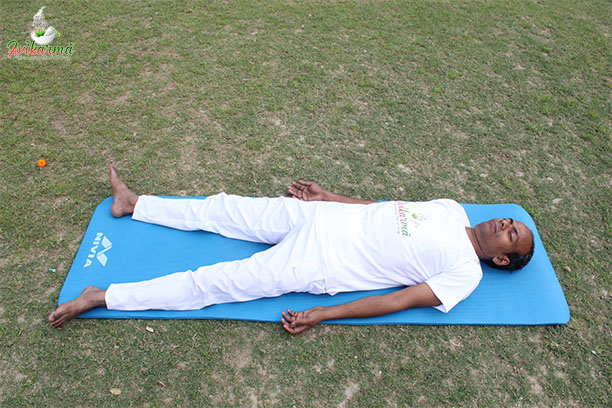About Savasana
Savasana, or shavasana is the Sanskrit name for an important restorative asana. It is a key component of asana practice in almost every yoga tradition, and is most commonly used at the end of a sequence as a means of relaxation and integration.
The term is derived from two Sanskrit roots; shava, meaning “corpse”, and asana meaning “seat” or “posture”. The first written record of savasana is found in classic 15th-century yoga text, Hatha Yoga Pradipika, which says: “Lying down on the ground, like a corpse, is called savasana. It removes fatigue and gives rest to the mind”.
The common English name for savasana is corpse pose.
It’s helps alleviate nervous tension, migraines, insomnia and chronic fatigue syndrome. Relaxes the body and eases breathing. Soothes the nervous system and brings peace of mind. Enhances recovery from all long-term or serious illnesses.
To begin, lie on your back on a firm, flat surface. Place a thin cushion under your head and neck, shaping the cushion so that it supports the natural arch in the neck. Bring the legs about 12–18 inches apart, adjusting the distance until the hip joints relax. Draw the shoulder blades down away from the ears and slide them toward one another until they seem to rest flat against the floor underneath you. Let the weight of your upper body rest on the shoulder blades. Then release the arms to the sides, placing them 8–10 inches from the body with the palms turned up.
Gently lengthen your lower back, sliding the buttocks in the direction of the tailbone. The lower back retains a natural arch, but this arch is not exaggerated or constricted. If lying with your legs straight creates discomfort in your lower back, place a folded blanket or a bolster underneath the knees. Adjust the height of the support under the knees to gain maximum relief.
When you are ready, close your eyes. Turn your head side to side a few times, gradually resting it upright and in the center, nestled on the cushion under your neck.

